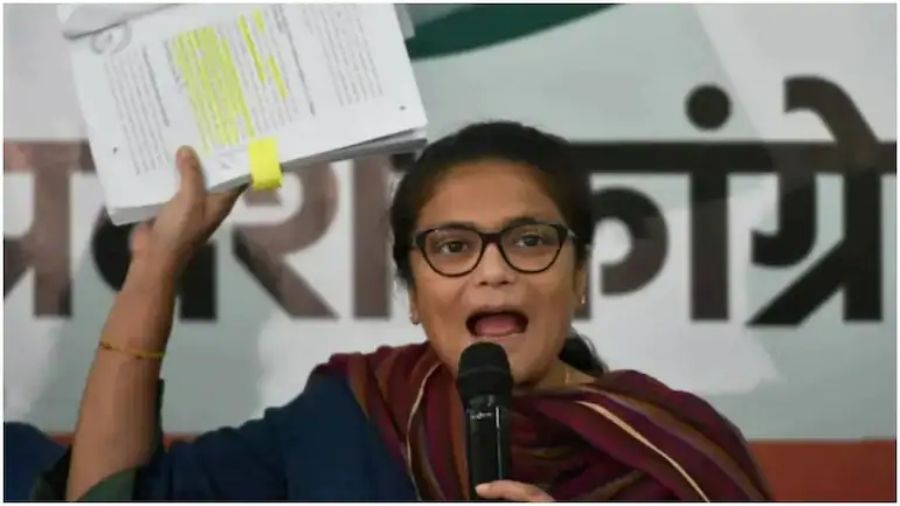 |
“This is where the jan adalat used to be held,” he said, pointing to a rocky patch of land. “I was a student then and as villagers we experienced the first feelings of revulsion and disgust when a man’s hands were chopped off right in front of our eyes.”
His words sent a chill down my spine, although the area we knew was largely free of “movement” now. Due to bad roads we were covering the last stretch of our destination on motorbike and my driver, Suresh, was volunteering details of incidents he had witnessed when the area was under Naxalites. But those villages were relatively peaceful now, and we were on our way to holding a janta durbar, jointly with the police, as part of our coordinated development endeavours in remote locations.
And yes, I did get to meet the man with “no hands”.
When I first got news of my transfer to Giridih district, unfounded apprehensions clouded my mind. The Parasnath hills in Giridih — the abode of 20 tirthankaras is an embodiment of peace and a pilgrimage destination. But successive Naxalite strikes between 2005 and 2007 had earned Giridih the dubious title of Jharkhand’s Naxalite heartland.
 |
| The Madhuban temples at Parasnath Hills |
How much of development work would I be able to do there as a collector? Could I visit the villages unhindered? Do I have to take police escort everywhere? Questions and anxieties hounded my mind as I tried to decide… Tundi road or via Vishnugarh?
Understanding the district, the extent of Naxalism and the yawning gap between reality and perception took quite some time. Initially, I spent hours with my SP and Deputy SP poring over maps and Google Earth trying to figure out the areas I could travel safely. Which were the pockets where it was advisable to go unannounced? In which areas would I need police protection. But even after having spent a year and a half in the district and having conducted two general elections peacefully, gray areas remain.
Roughly speaking, there are two blocks out of 13 that can be said to be almost completely under Naxalites’ influence, Dumri and Pirtand. Again, of the two, Pirtand has fascinated me from the beginning. Perhaps it is the magical spell of the majestic Marangburu/Parasnath hills, the holy place for Jains as well as the Santhal tribals, perhaps because I have not been able to reconcile yet to the truth of the murder of social worker Ajay Tudu there by Naxalites or perhaps because the soulful songs of Jiten Marandi (now lodged in Giridih Jail for involvement in Naxalite-related cases) so poignantly portray the pathos of the local people.
Pirtand is a small block of 17 panchayats and 197 villages and a population of 87,204 spread over 97,578.82 acre. A land of hills and forests (almost 50 per cent forest cover) with a tribal population of 19,543, literacy rate of 35.5 per cent, female literacy of only 19.2 per cent, irrigation coverage of less than 2 per cent, and bituminous road length of hardly 35 km in the block — the statistics seem to reveal all.
But the figures scarcely unravel the deeper saga of exploitation that claimed its first converts from the area into hardened Naxalites. Or the terror entrenched in the terrain by the blood of every Naxalite victim since the first recorded incident in Jharha in 1988. Statistics alone can never unveil the trauma of people inheriting the legacy and bondage of fear, poverty and ignorance, which they are condemned to suffer.
 |
The people of Pirtand have forgotten to laugh,” Ajay Tudu used to say, “and my only dream and attempt is to bring back their smiles.”
The painful truth of his words comes back to haunt me during every visit. Weeks ago I was on an unannounced visit to some villages in Baandh Panchayat, Pirtand. A marriage crowd that I chanced upon did not open up to me all the while I was there. With fear and suspicion writ large in their faces, they answered my queries on MGNREGA payments and drinking water problems in measured tones, their expressions blank, conveying in no uncertain terms that no ice had been broken.
As a district collector, therefore, it continues to bother me why we have not been able to make a dent in the most backward and alienated areas to win back the confidence and trust of the people, to make an inroad into their hearts and minds.
To make an incongruous analogy, if your heart is ailing you need to treat that first, your normal health regime holds no meaning otherwise. And if the heart of my district is so badly hurting, enough to bring normal life to a standstill, other issues tend to sound secondary.
I did try to learn and address people in the local language, I did try to rope in NGOs willing to work in such areas, to review and monitor progress of schemes more diligently, to hold janata durbars, health camps, to regularly visit areas considered out of bounds, but if asked about the holistic impact of these intermittent, furtive attempts to connect to the people, in Pirtand success is still elusive.
Sincere endeavours have always been made all that we have been taught on good governance comes to naught when what we are trying to convey through our work does not resonate with a response from the people. And when the bridges built to reach out to the people are still being used only one way, the malaise has run too deep. And it needs to be attended soon.
(The writer is a 1996 batch IAS officer)











